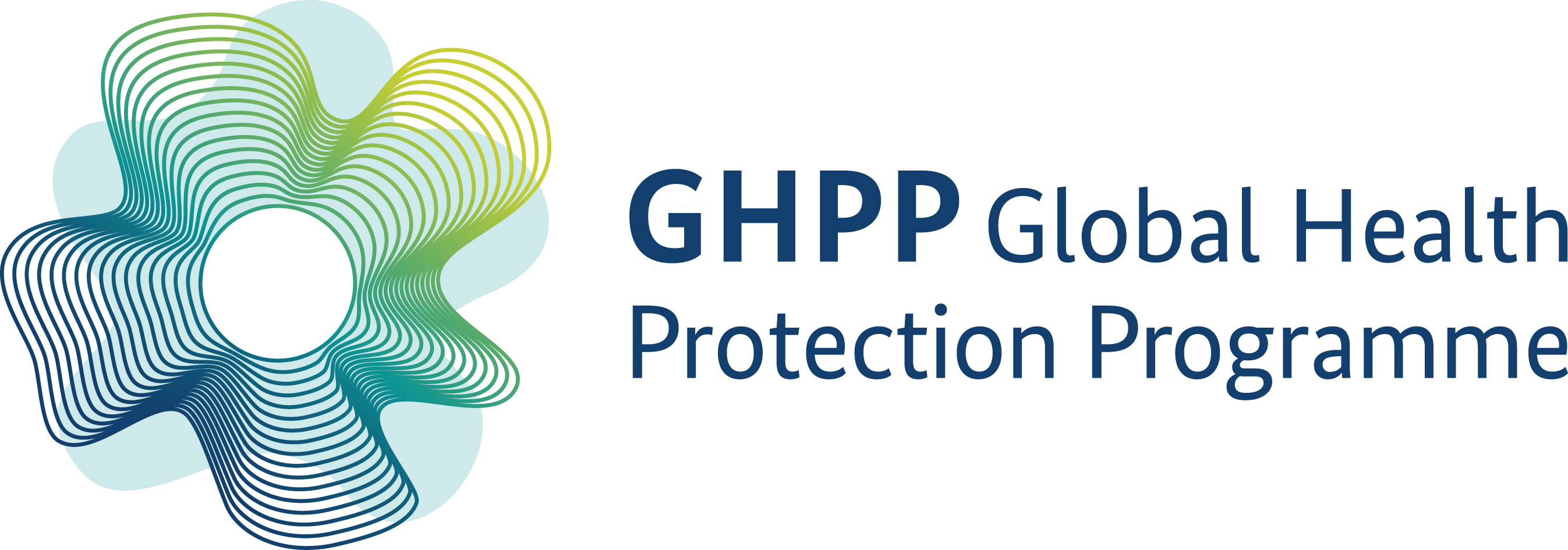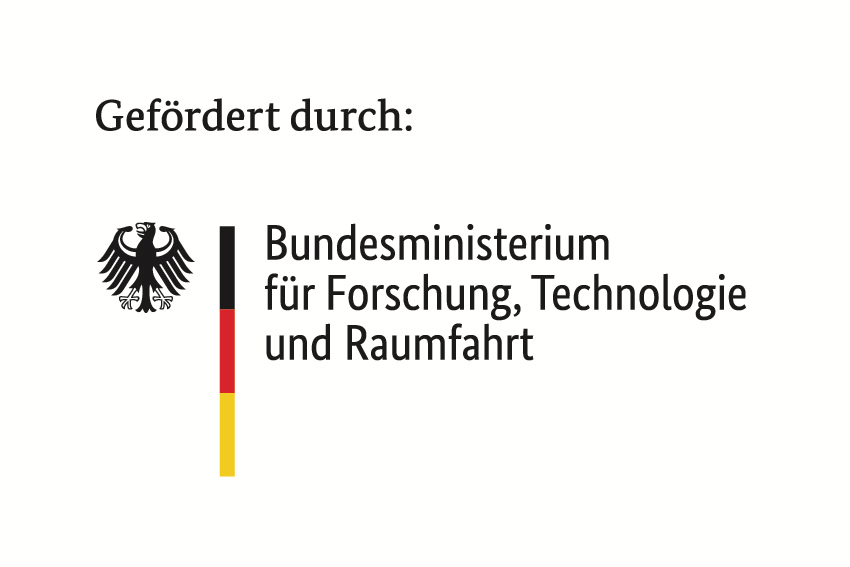Transmission reservoirs and acquisition of multidrug resistant bacteria in neonates admitted to two hospitals within the Tanga Region of Tanzania
Infections with antibiotic resistant bacteria are common medical problems in developing countries leading to significant morbidity and mortality in particular affecting vulnerable groups such as children under the age of five and neonates. Due to limited diagnostic facilities in countries with low resources, the causative agents and sources of infection, as well as modes of transmission, often remain unidentified. Due to the absence of effective monitoring and surveillance systems, knowledge of circulating bacterial strains, their reservoirs and how these change over time, is limited, however this is essential information for successful patient management and for the implementation of control strategies.
The WHO has developed a pathogen priority list divided into three categories according to the urgency of need for new antibiotics: critical, high and medium priority. The most critical group includes multi drug resistant bacteria that pose a particular threat in hospitals. They include Acinetobacter baumannii (carbapenem resistant) Pseudomonas aeruginosa (carbapenem resistant) and bacteria of the group Enterobacterales, including Klebsiella spp. and Escherichia coli (carbapenem resistant and ESBL-producing).
This study aims at generating data in the field of multidrug resistant bacteria (WHO prority pathogen), their reservoirs in community and hospital environments with a focus on maternal-neonatal transmission in order to improve hospital hygiene and prevention programs.
Partners:
National Institute for Medical Research (NIMR), Tanga, Tanzania
Bombo Regional Referral Hospital, Tanga, Tanzania
Korogwe District Hospital, Korogwe, Tanzania
Funding: Global Health Programme (GHP)-Bundesministerium für Gesundheit













